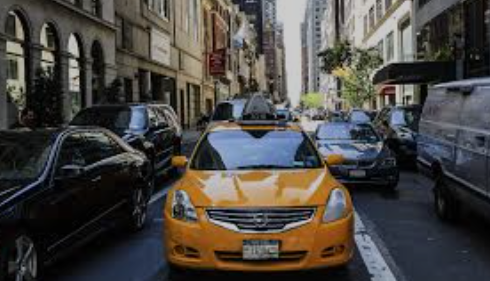How Has Transportation Been Changing In Massachusetts?
The population of Massachusetts has steadily increased over the last 20 years. In 2001 it was 6,397,634 and in 2022 it was 6,981,974 – a 9.13 percent increase. More specifically, from 2008 to 2015 the population increased from 6,468.967 to 6,794,228. It might be expected that with hundreds of thousands of new residents in the state the number of registered vehicles would grow as well. However, after a sustained period of growth until 2010, there has been a major drop off in the number of vehicles registered in Massachusetts.
From 2001 to 2010, the number of registered vehicles rose steadily, from 5,698,108 to 6,869,534. However, in 2011 the number of registered vehicles began to decrease. The sharpest decline came from 2010 to 2012, falling from 6,869,534 to 5,734,577. This is mostly attributed to the automobile category of vehicles, composed primarily of sedans and SUVs, which has been falling for years. From 2010 to 2012 the number of automobiles in circulation decreased from 3,117,246 to 2,730,909 – a further decline from 2001, when there were 3,324,869 such registered vehicles.
While earlier in the 2000’s this drop was partially offset by an increase in the number of light trucks, even growth in that category of vehicles began to slow by 2011. Moreover, after 2012, the number of registered vehicles and automobiles continued to decrease, albeit more slowly than it had in the prior two years. From 2012 to 2015 the number of automobiles decreased to 2,573,183 and the number of total registered vehicles simultaneously decreased to 5,295,952.

Figure 1: MassAnalysis (1999-2016)
(Amount of Registered Vehicles)
Data from the Federal Highway Administration provides evidence that this trend has continued. In 2022, 5,184,450 total vehicles were registered in Massachusetts, fewer than in 2015.
An article by Katharina Buchholz from Statista offers a potential explanation for this shift – primarily that younger adults are delaying or forgoing licenses at higher rates than ever before. She explains that since 1988, the amount of teens with a driver’s license has decreased significantly. Using Federal Highway Administration data, she shows how the number of 18 year olds with licenses decreased from 80.4 percent in 1983 to 60.9 percent in 2018. This generation gap in car use would explain why there are fewer automobiles being used. So, if younger people are no longer as likely to own and drive their own vehicles, what are they using for transportation?
Another possible explanation could be a greater uptake of public transportation. Based on MBTAAnalysis we can see that between 2010 and 2015 the total number of unlinked passenger trips on average per month increased. More specifically, when looking at the difference between 2011 and 2012 we see the greatest increase in average monthly unlinked passenger trips. This was also the year that – as mentioned earlier – there was the biggest decrease in registered automotives.

Figure 2: MBTAAnalysis (2010-2015)
(showcasing total unlinked passenger trips using public transportation in Massachusetts)
Another explanation could be a shift towards private paid transportation, with the advent of Uber and Lyft occurring during this time frame. For example, Uber, founded in 2009, makes it a lot more convenient to travel and serves as an alternative for many Massachusetts residents. With the ability to simply order a ride from the comfort of your phone, many people – especially wealthy urban residents – don’t need to drive. Similarly, Lyft, founded in 2012, became another well-known car service that you can order from your phone.
While it is not entirely clear what is causing the decline in the number of registered vehicles in Massachusetts, there are certainly a number of factors that could be responsible. Options for public and ride sharing services have never been more widely available, and with a population that is increasingly concentrated in urban spaces, it is no wonder that the younger generation is choosing to forgo driving for other alternatives.
About the Author: Axel Portnoy is a Roger Perry Transparency Intern at Pioneer Institute for the summer of 2024. He is a rising senior at Milton Academy.



